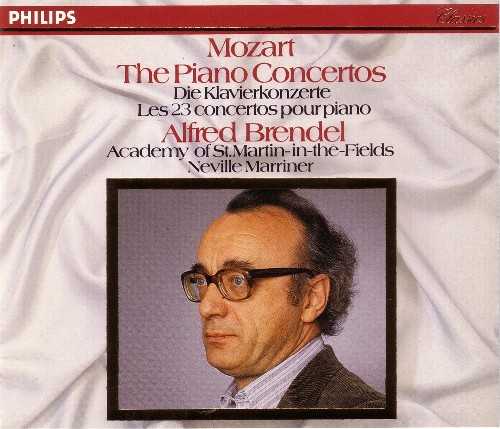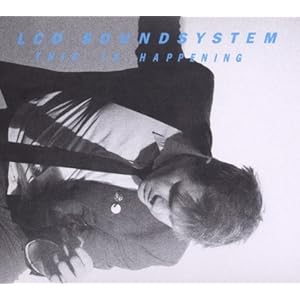First of all, obviously I'd like to thank Wesley for the great opportunity he gave me. I stopped buying audio equipment without trying it in my system, this was a fantastic way to listen to a different source.
I want to highlight I'm no reviewer, I simply enjoy listening to music at home but I have no major experience with high-end equipment.
My current system is headphones based: Stax SR507, Stax 600LTD, M2Tech Young + M2Tech Palmer PSU, Hiface 2, Mac Mini + Audirvana Plus/Amarra/PureMusic.
My music is stored on AIFF format on an external firewire drive, and it's all classical music, mostly in redbook format, with a few hi-res downloads.
I initially tried the Neko with the included XLR to RCA cables, but my main target was to try the Stax amp using the balanced inputs.
As other people have highlighted, the D100 is well built, is solid, and is very quiet. It might not be a looker as my Young, but I'm honestly not concerned at all (well, those Stax are terrible I know!). I've used only the RCA input through my Hiface2, too bad i didn't have a optical to test the toslink. I'm also wondering how difficult would be replace the RCA with a BNC.
These two DACs are so different, and this makes the comparison easy and difficult at the same time. The Young has a brighter and forward presentation, very fast, "Young" as the name suggests.
But the differences are not just about tonal balance. The D100 has a different stage representation, narrower and solid, but the instruments are very phisical.

Listening to Mozart Piano Concerto No. 26 (Coronation) played by Brendel I could hear the piano slightly more distant than I usually do, there's a better balance with the orchestra. With the Young the piano is more "in your face" without being harsh.
Violins on the left and Cellos/Bass on the right are more present, and even the winds have their space and "surface" from the orchestra. Is this what they usually call "detail retrieval"?
With the D100 it's not just about the piano but every instrument has its own space.

Same for female voices: one of my favourite pieces to test them is Bach's Cantata BWV 51, conducted by Gardiner, especially the initial duet of the Soprano and the Trumpet
Soprano's voice is not as forward as I remembered, and again the trumpet gains some space...which makes sense if you think of how loud a trumpet can play. Again the small orchestra is very present and in the third movement I could easily follow the line of the organ, usually rough-sketch.

Then I moved to String Quartets , Beethoven's Late String Quartets played by Takacs Quartet. Here tonal balance and general presentation are quite similar, but instruments, especially the viola and cello, are richer, real, physical, and so well defined. Absolutely stunning.
The Young has better ambience, can reproduce evey nuance, every noise of the recording, but the D100 makes you feel the music and the instruments.
Musicality for me is not about rolled-off top end, and bump in the mid-bass, as someone thinks. Musicality is all about rendering acoustic instruments as they are in a live performance. It's about hearing the difference between a period instruments and a standard performance, is about feeling the bow over the strings, and the roughness and coarsness of a violin.
The D100 is great, is superb in rendering this kind of details.
Beethoven's late string quartets are masterpieces, in my opinion one of the greatest works ever composed.
And they are not easy to reproduce, they are very dynamic, and some of the fugues are extremely complex...they can be very boring on an ipod with standard headphones.
The D100 does an excellent job keeping everything in control, even in the famous Grosse Fugue. The viola and his somewhat nasal timbre is always present: again, every instrument has its own space, they never collides. The general presentation is so delicate, so effortless, but never euphonic, or mellow. The D100 NEVER sounded dark in my system, NEVER
The real revelation has been with Brahms Piano Quartet No.1, Op.25: this piece has always fascinated me, but always left me with some kind of "anxiety". So many themes, so many ideas, and i never completly understood it.
With the D100 everything was so clear...the piano, the strings, the cello. All the ideas now make perfectly sense, one theme flows into another. Beautiful.
I also listened to some symphonic music, mostly Mahler, but here I still prefer the Young, with its huge stage and its control in the lower frequencies. Cellos and double bass in the first movement of Mahler's second symphony were a bit all over the place.
Using balanced cables to the Stax amp gives an extra liquidity to the mid-range. Tonal balance, detail, and timbre accuracy are the same but the music is so grain-free, so analog like, as opposed to discrete/digital.
As you can guess I really like the D100, it simply gives an extra-dimension to the music, and it's so addictive!
I'm obviously looking forward to buy a unit: I struggle to believe acoustic music can sound much better with a different multi-bucks DAC.







